In 2015 we handed our first ECO Coin Award to Age of Wonderland fellow Yoyo Yogasmana for his work in Indonesia to preserve more than 130 existing rice varieties without any use of insecticides and transfer his knowledge to the digital domain. Two years have passed, reason enough to catch up with Yogasmana and discuss the Kasepuhan community, global food networks and winning the ECO Coin Award.
In his acceptance speech on the occasion of the award, Yoyo modestly referred to the Ciptagelar Kasepuhan community by thanking them for their generous contribution to the project. “The community was very pleased to receive the Award” Yoyo says. “This was an important token of appreciation that presented our work to a large audience around the world. Our community performs a far-reaching body of work to conserve nature and culture, and strives to balance and harmonize our relationship with all living creatures”.
It is important to transmit nature, culture and traditions to successive generations
The Kasepuhan community is a traditional Sundanese community that counts around 5.300 people living in the foggy mountains of West Java, Indonesia. Its name comes from the Sundanese word sepuh, which means "old" and refers to a way of living based on ancestral traditions. Such traditions laid the foundation of the local community, whose main subsistence depends on the cultivation of rice.
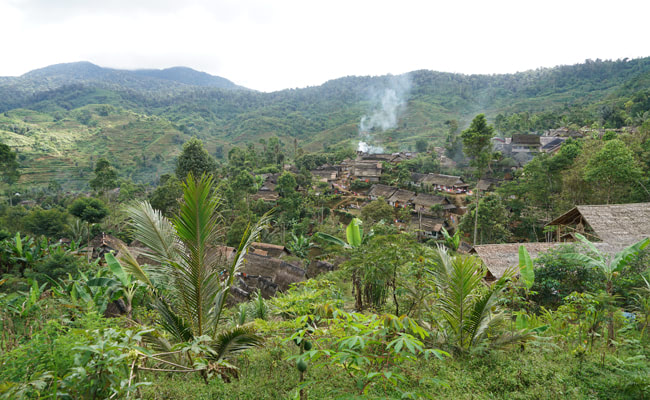 Ciptagelar village view
Ciptagelar village view
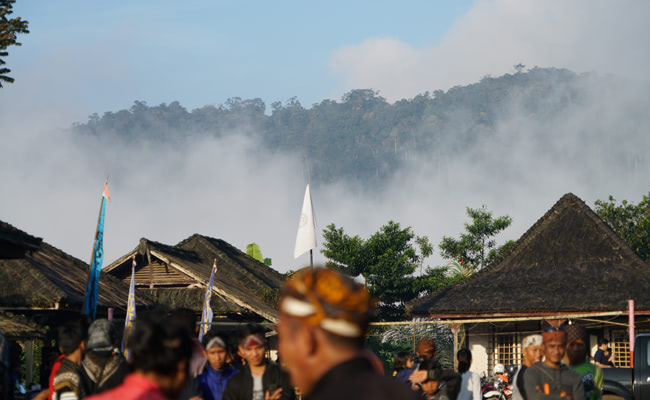 The village is 1400m above sea level; it is always surrounded by mist.
The village is 1400m above sea level; it is always surrounded by mist.
In 2015 Yoyo was among the Age of Wonderland fellows, that year they addressed the complex issues ingrained in our global food system together with the local community of Eindhoven. “What we did was introduce our local wisdom and ancestral value to the project” Yoyo explains. “This led our community to live consciously, take care of nature and taught us how to live in togetherness”.
Food is the primary medium through which we express our humanity
Yoyo was invited on behalf of NNN fellow Arne Hendriks, who curated Age of Wonderland 2015: Balancing Green and Fair Food. “Food is the primary medium through which we express our humanity. Food production, its distribution and preparation, and its symbolic strength in times of crisis as well as abundance, is the main influence on how we experience and give shape to our culture" Arne elaborates.
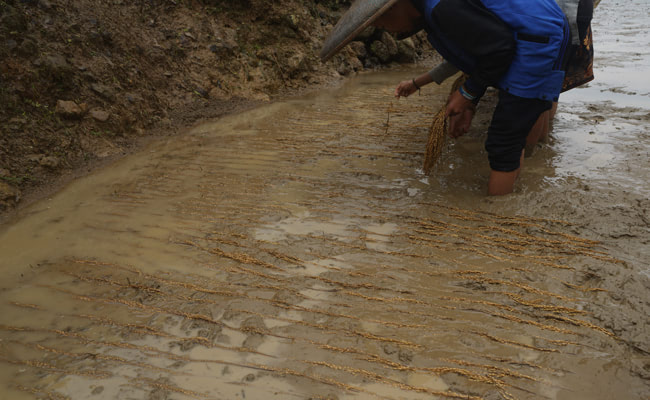 Rice plantation. The rice sprout will grow within 4 to 6 weeks, after that period of time, they transfer the sprout to a bigger wet field.
Rice plantation. The rice sprout will grow within 4 to 6 weeks, after that period of time, they transfer the sprout to a bigger wet field.
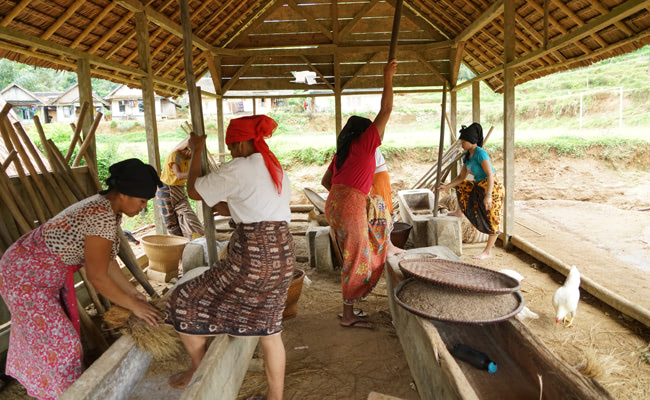 Women threshing rice. Every process in the rice production has to be done by hand; machines are not allowed. Throughout the village, there are some areas that provided a sheltered cabin that includes sticks for the women to use.
Women threshing rice. Every process in the rice production has to be done by hand; machines are not allowed. Throughout the village, there are some areas that provided a sheltered cabin that includes sticks for the women to use.
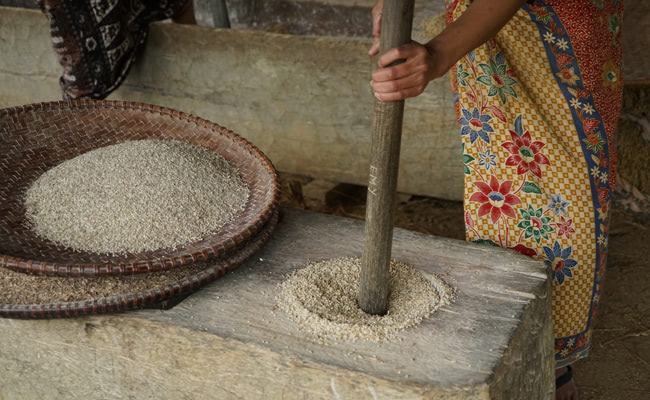 Woman threshing rice.
Woman threshing rice.
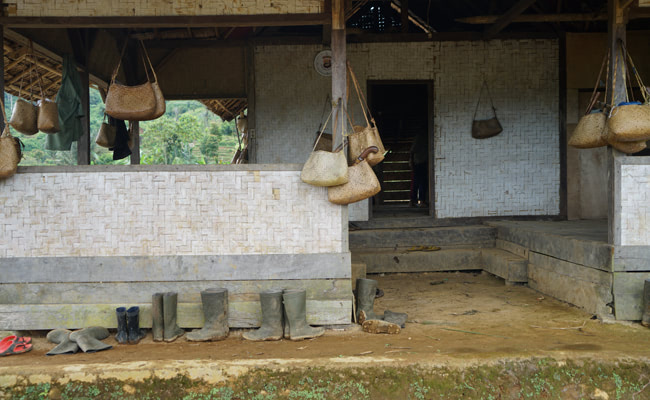 A farmer's rest house located next to the king’s rice field. All the villages are obliged to help the king by planting rice. The planting has to be finished within a certain amount of time, last year all the villages had to finish within 4 weeks after king’s plantation. This tradition comes around the same time as harvest.
A farmer's rest house located next to the king’s rice field. All the villages are obliged to help the king by planting rice. The planting has to be finished within a certain amount of time, last year all the villages had to finish within 4 weeks after king’s plantation. This tradition comes around the same time as harvest.
Yoyo believes that the introduction of more cooperative fair trade concepts will lead to a more equally spread food system. In this case, local food production would benefit both local communities and agricultural producers, as it would benefit consumers on a global scale. During his stay in The Netherlands, Yoyo realized there are only few Dutch communities whose concern is to protect and preserve their own nature and culture, and this should change. One way to do this is to "develop kinship with nature by empowering people with their own strengths, potencies and networks” as Yoyo put it.
I will hand the ECO coin to people who respect and practice their ancestral value
Keeping in mind the ECO Coin has a symbolic value (so far), Yoyo would pass the baton to support local communities who keep living by their tribal heritage. "I will hand the ECO coin to people or communities who respect and practice their ancestral value. It is important that nature, culture and traditions are transmitted to successive generations".
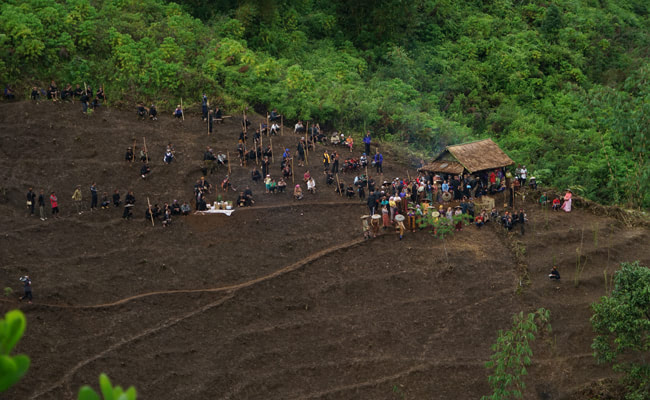 Dry land plantation in the king’s rice field. In the village, people plant rice in wet and dry land (the previous images depict the wet land plantation). All the people in the village have to help on this day. Men are holding wooden sticks to make holes in the ground, and women put the rice seeds in. The plantation process starts with a ceremony held by the king and his family.
Dry land plantation in the king’s rice field. In the village, people plant rice in wet and dry land (the previous images depict the wet land plantation). All the people in the village have to help on this day. Men are holding wooden sticks to make holes in the ground, and women put the rice seeds in. The plantation process starts with a ceremony held by the king and his family.
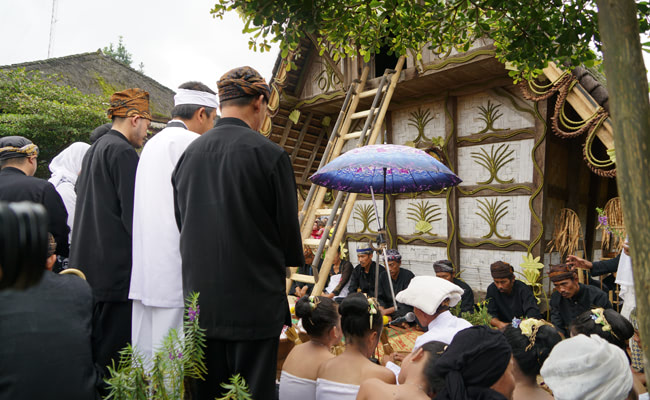 Ceremony in front of the king’s rice storage house during the biggest harvest festival called Seren Taun.
Ceremony in front of the king’s rice storage house during the biggest harvest festival called Seren Taun.
Thank you so much Yoyo Yogasmana, for sharing your thoughts and viewpoints with us. And many thanks to Adelaide Tam, for providing such wonderful images of the Ciptagelar village!
Cover image: NNN Director Koert van Mensvoort handing the ECO Coin Award to Yoyo Yogasmana.
Photos and captions: Adelaide Tam.
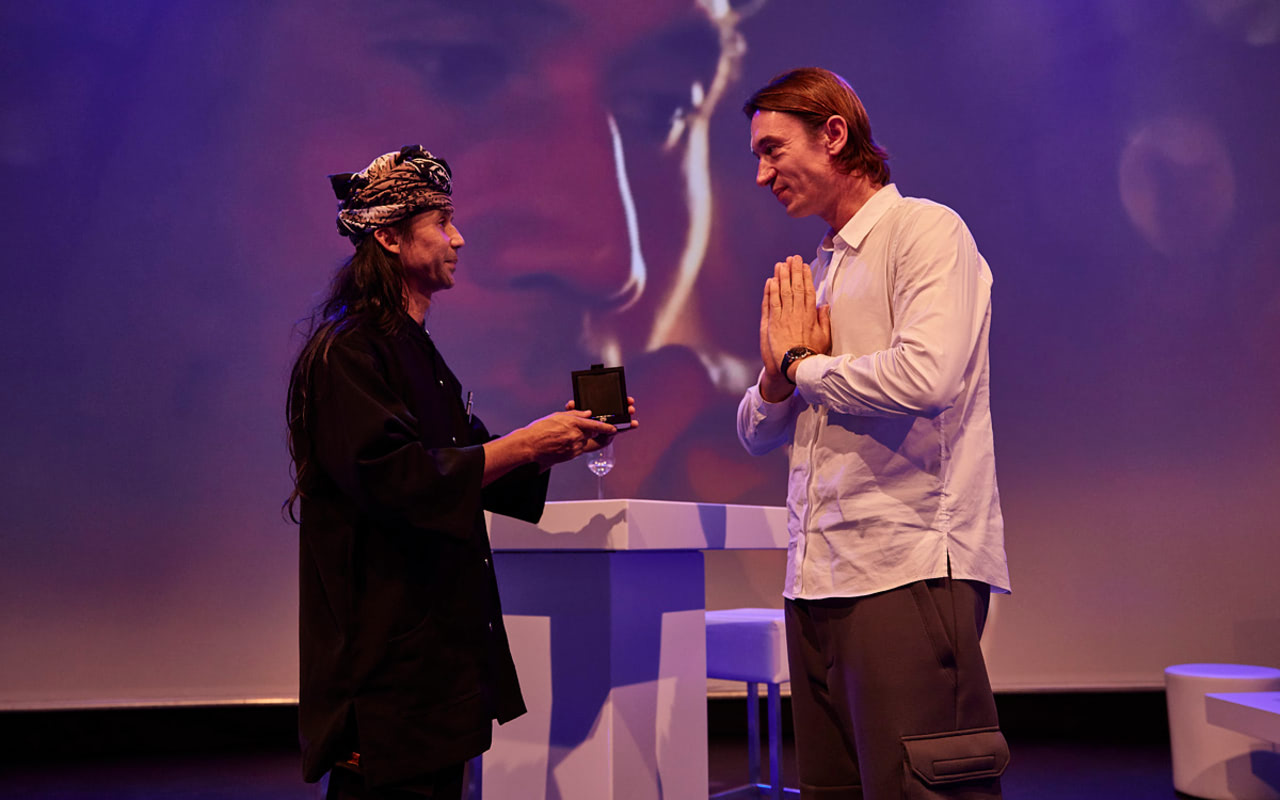
Share your thoughts and join the technology debate!
Be the first to comment